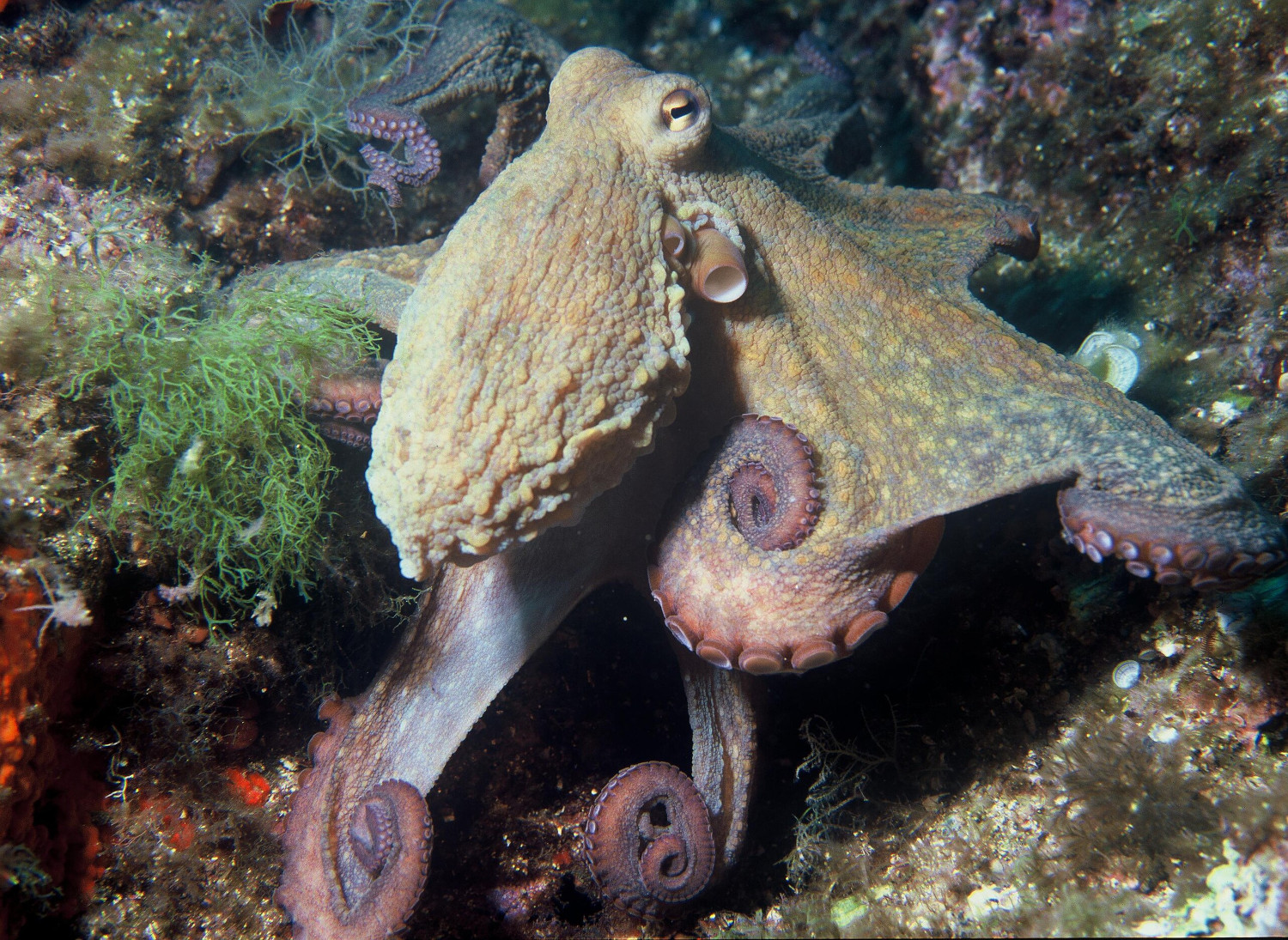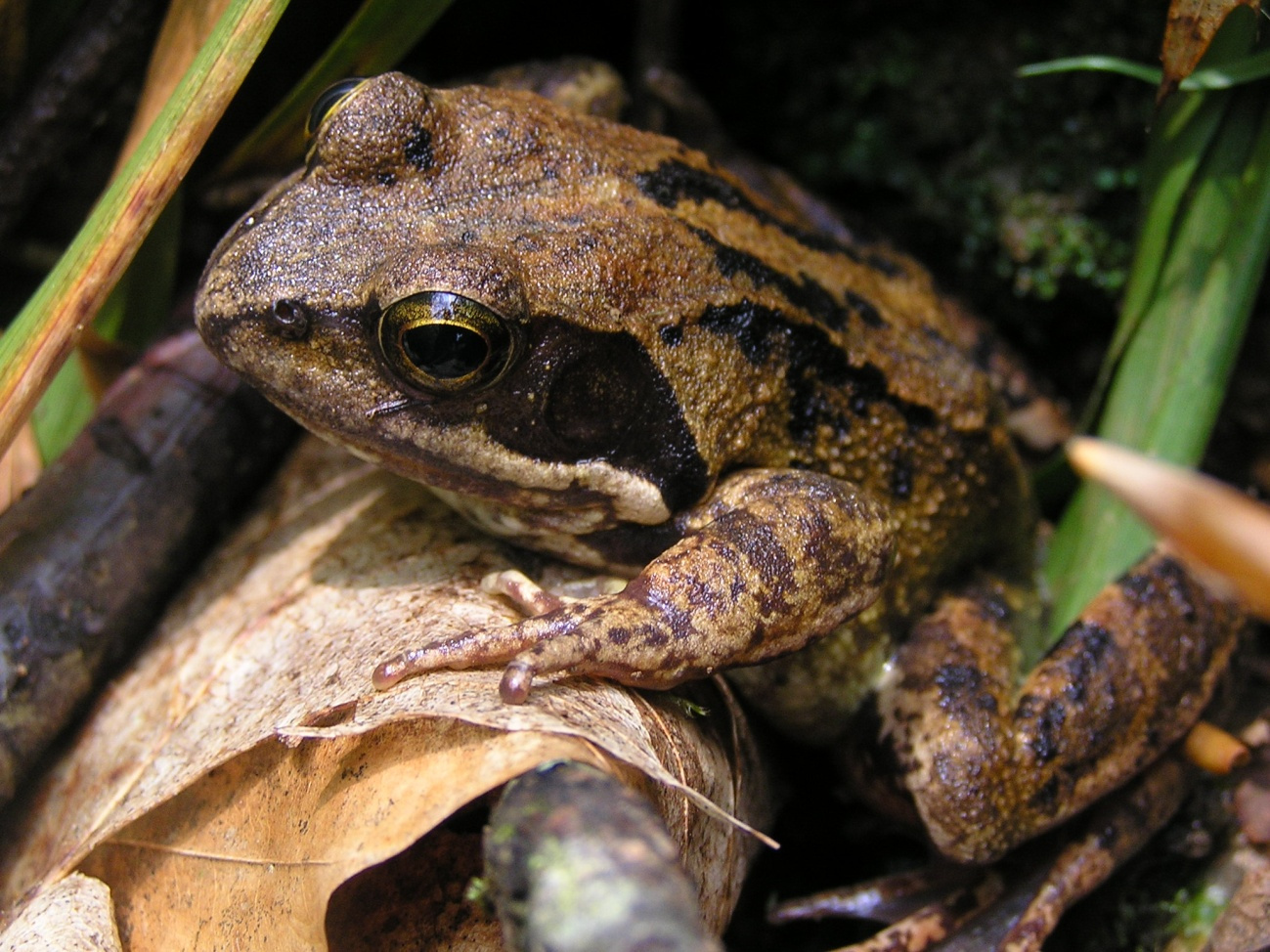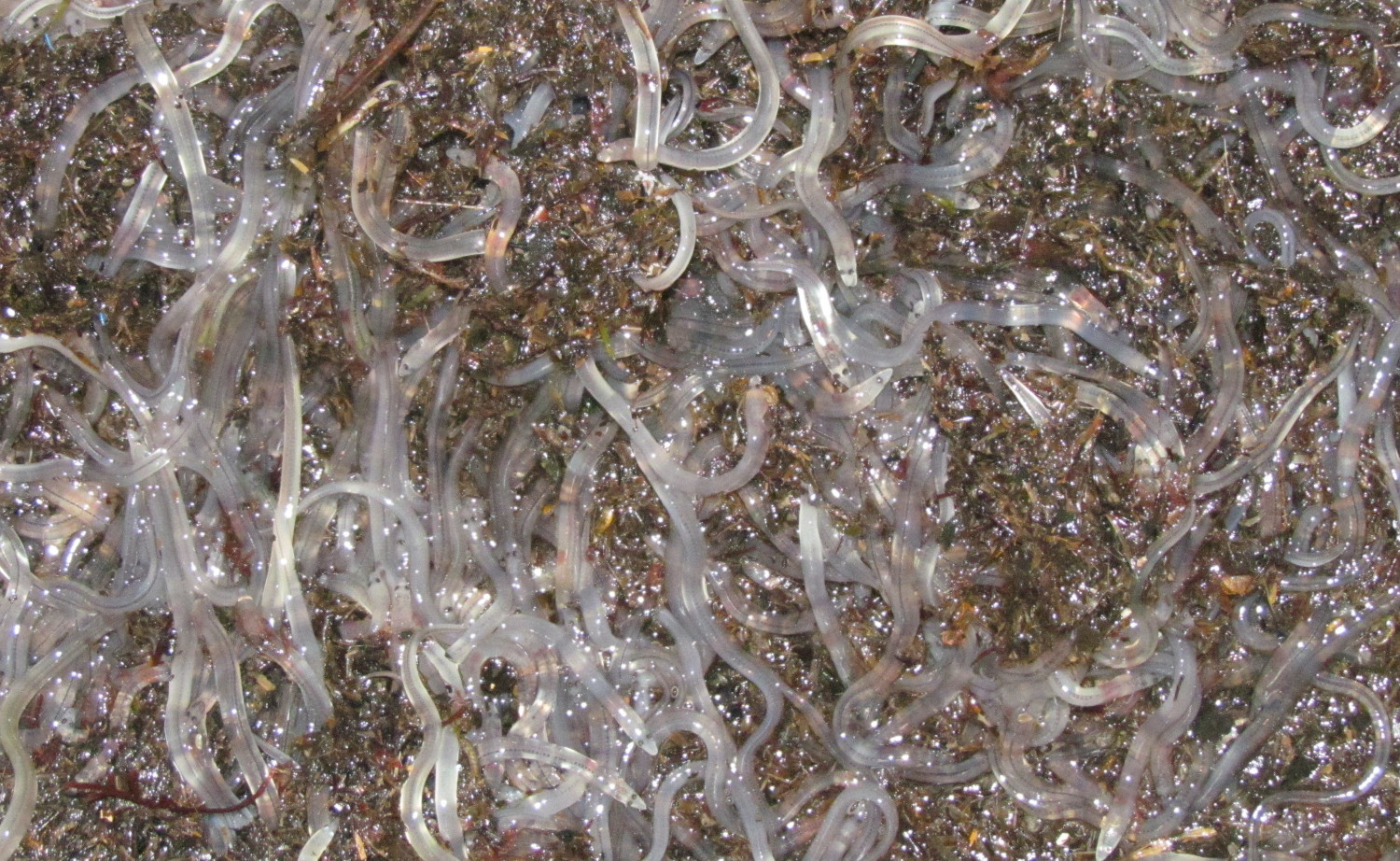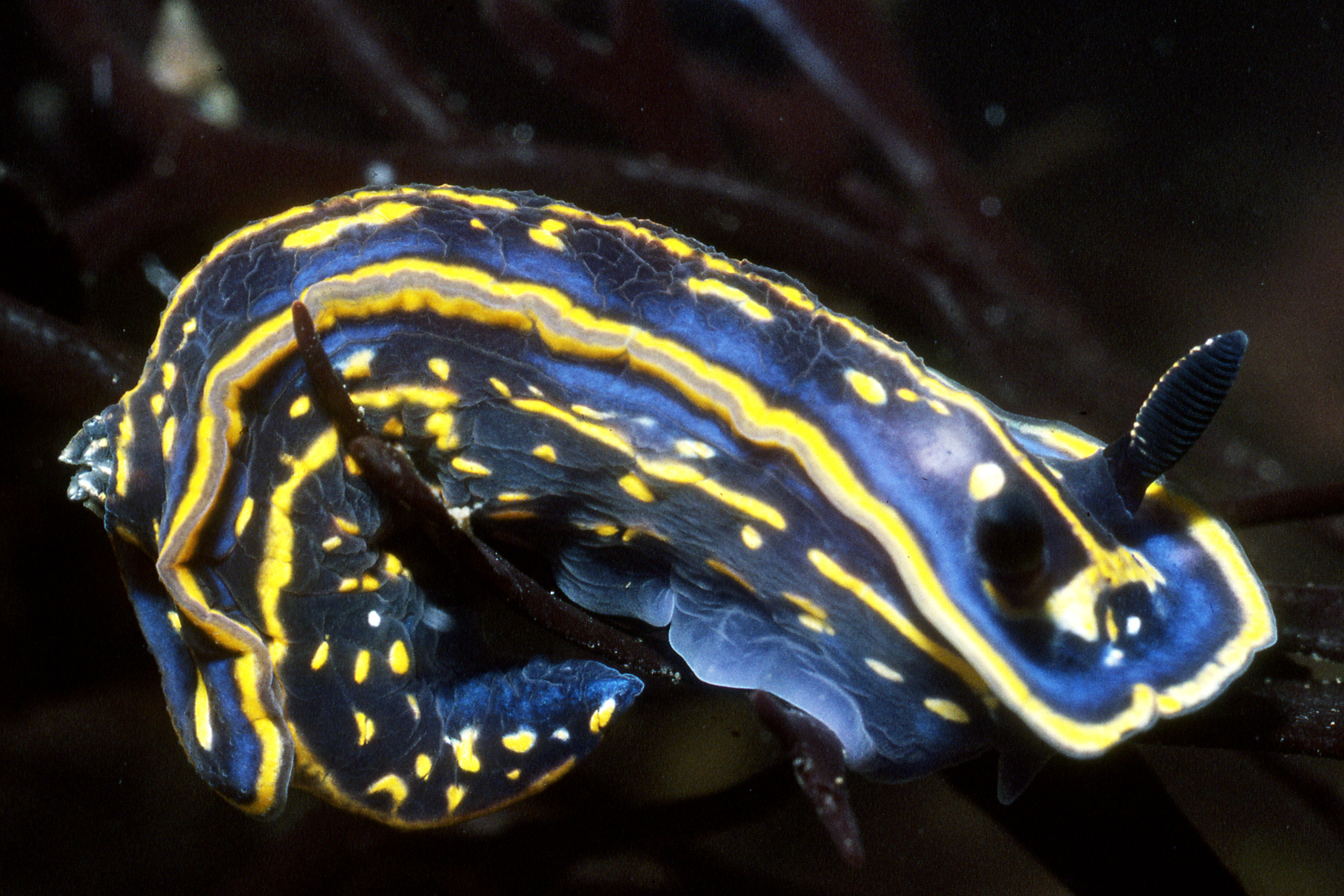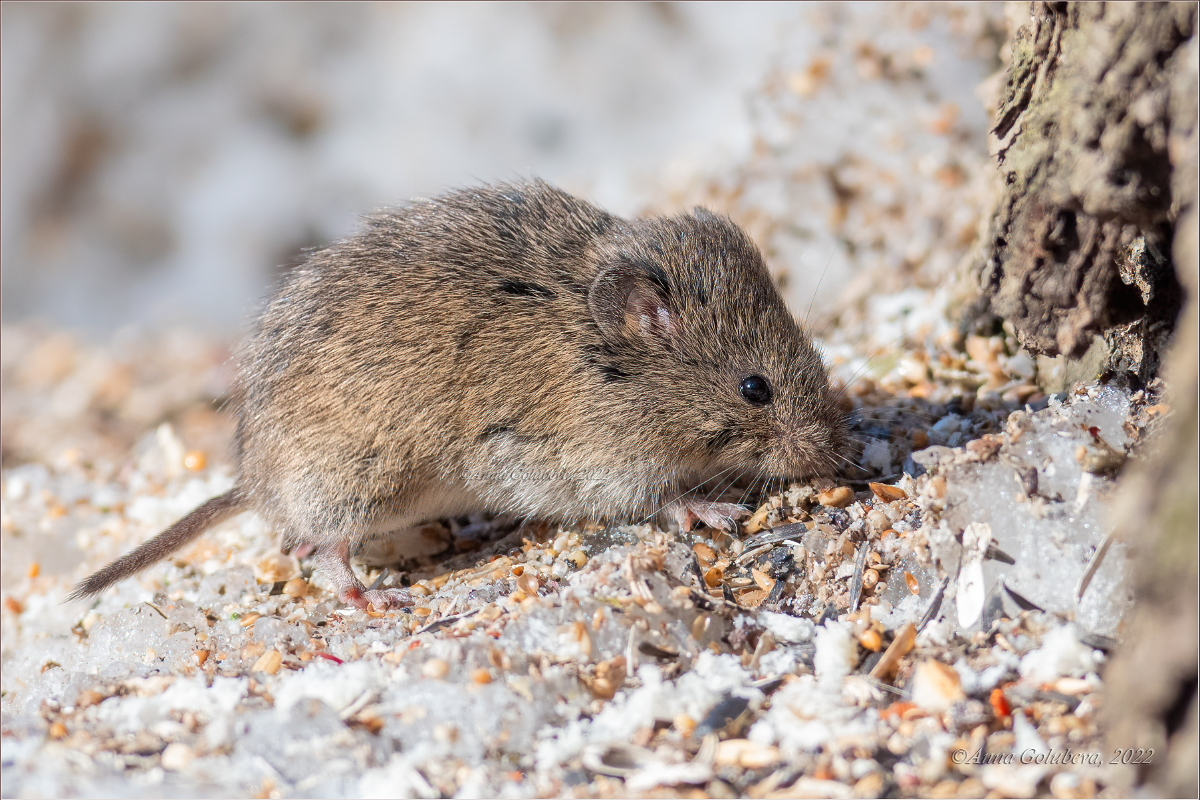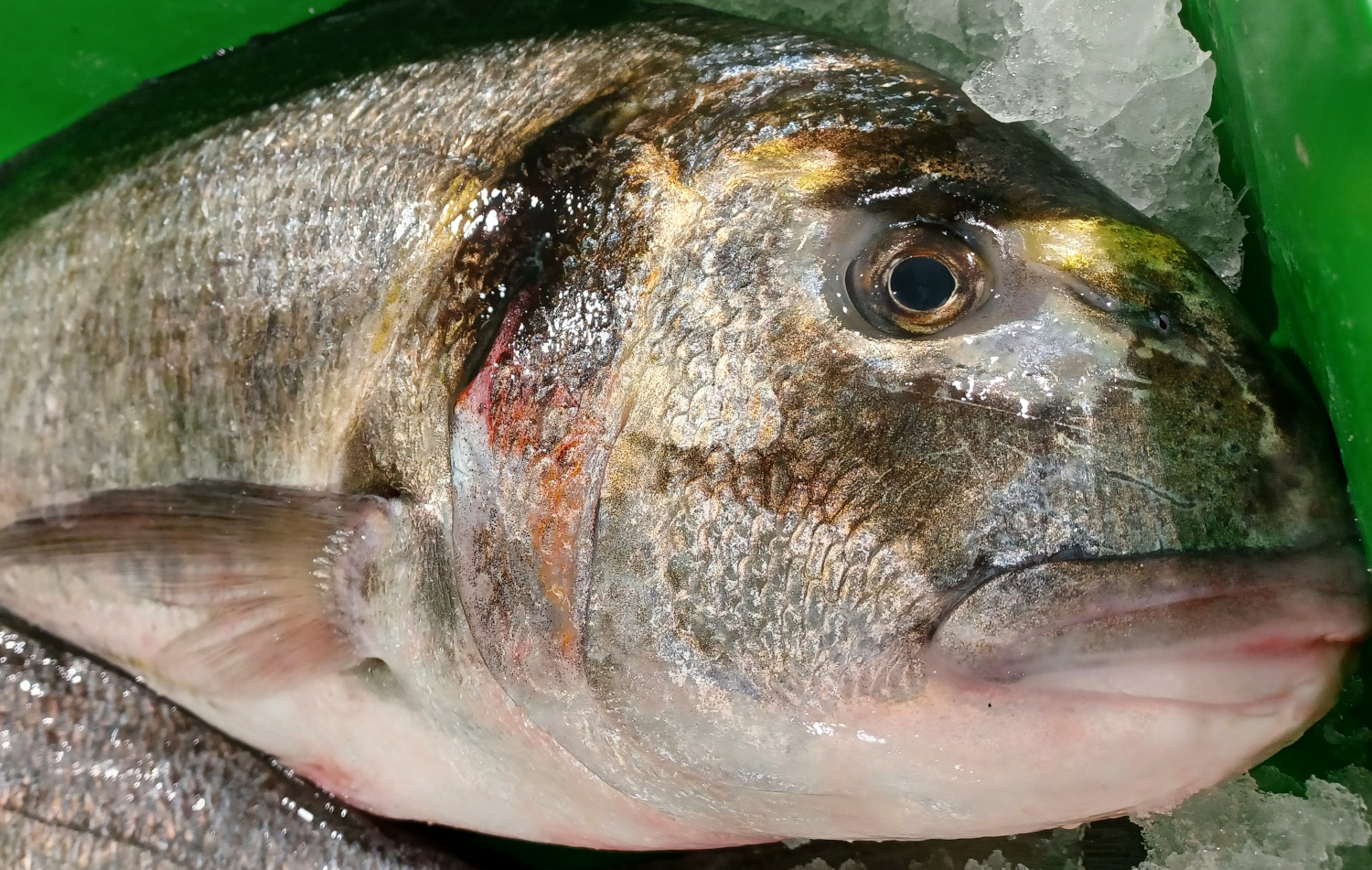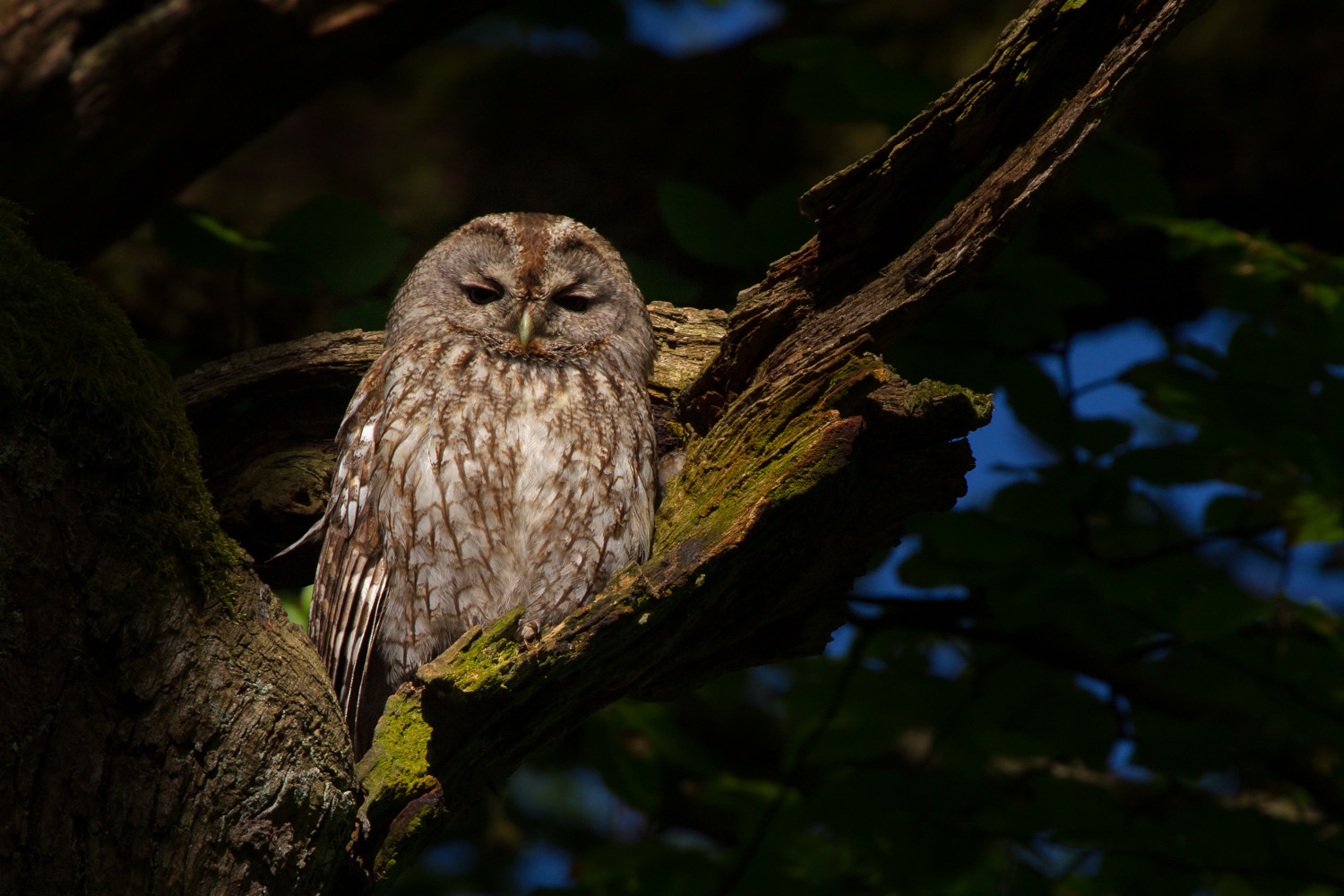Tireless marine giant
- The forests change color, the wind cools down and the days shorten. Winter comes and it appears on dry land and also on the sea. Migrant animals start their way south, and as the crane flies through the sky, the sky flows through the sea, swimming in more temperate waters.
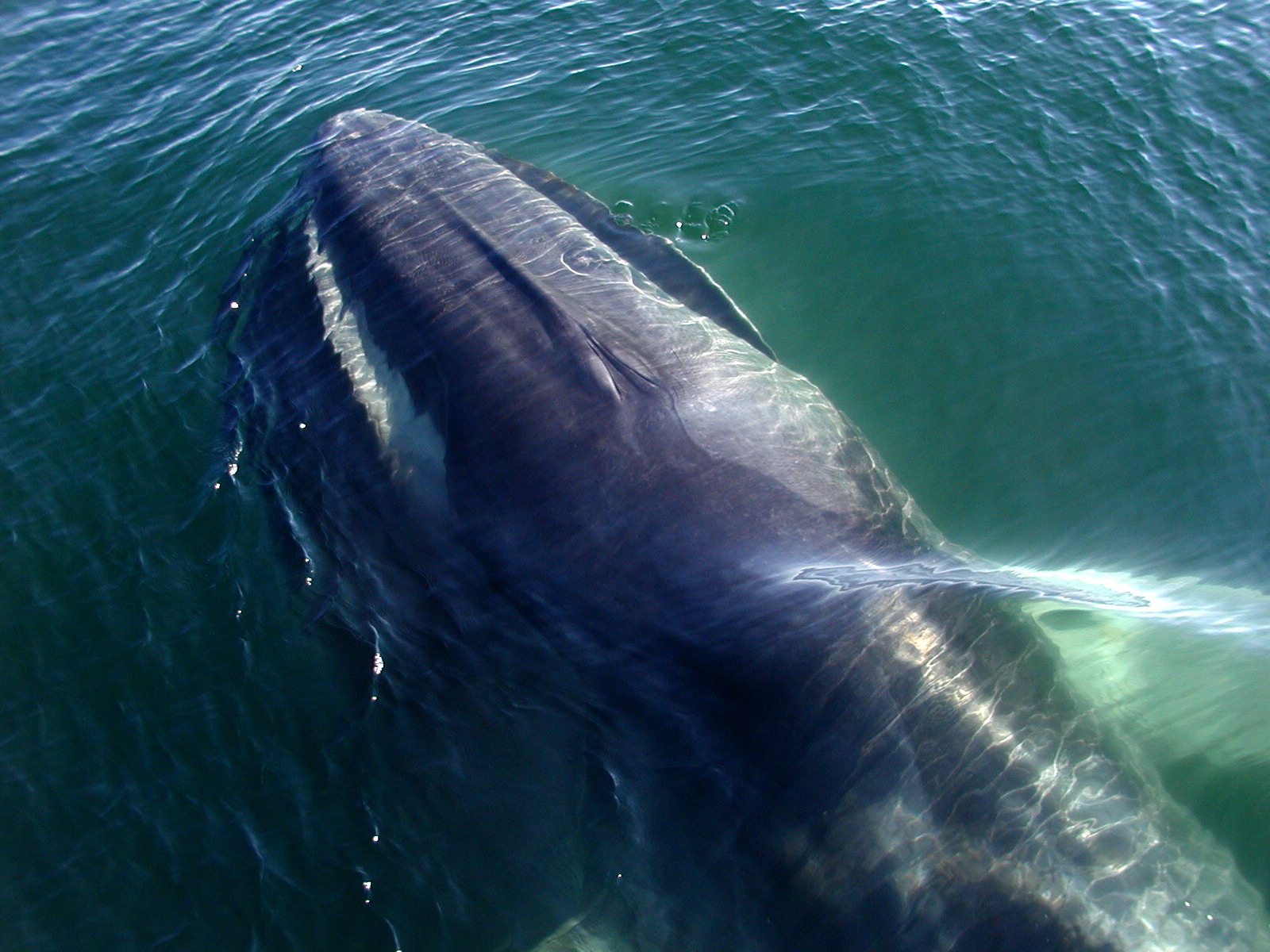
The common fjord is a baro cetacean (mysticite). Many call it whale, because it's a marine mammal and it has beards, but it's not a whale at all. There are four species of whale in the world, one of them the Basque whale (Eubalaena glaciaris). We Basques call this animal, but we take away its place of residence, and now it lives mostly across the Atlantic Ocean, across the North American coast.
We also found the common fjord in the Cantabrian Sea, and in fact it's the most abundant beard cetacean in our sea. But abundance varies depending on season, precisely because it's a migratory animal. In summer it is in the Gulf of Bizkaia where the richest are: According to the latest estimates for 2019, about 1,000 rations. In winter there are about 250 in the waters around us. Where are they going? And why?
Well, just like most of the animals in the northern hemisphere migrating, in summer they go north for food and when winter comes they head down, fleeing from the cold. The common bull has bursts as has been said, and this feature gives us an excellent track in relation to its feeding needs.
It is the second largest animal in the world after the blue bull, but curiously feeds on very small animals (such as the blue bull), usually hanging in the water. Open your mouth and put as many water as possible and then close it and remove it from the beards. But the food is chained to the beard. The abundance of krilla and zooplankton in general is closely related to phytoplankton abundance, since the former feeds on the latter. And in the northern seas, in summer, phytoplankton bloom or spontaneous growth is usually present. That's precisely why, in summer, ordinary males migrate to high latitudes.
But as winter approaches, the time comes for the reproduction of the common animal and they travel south again. Gestation usually lasts for one year and the following year pups are born in temperate waters after a new migratory cycle of the mother. Naturally, the common animal is a mammal, which means, like all other mammals, that females have their nipples and newborns take milk; yes, in the water.
In 1986, the International Whaling Commission (IWC) established a moratorium on commercial whaling. By then, the abundance of common animals had decreased considerably in the North Atlantic. Since the moratorium, populations have increased, but some countries continue to hunt. In Europe, Iceland is the country where the most common calves are hunted, and in the summer of 2024 128 have been allowed to be caught.
COMMON FJORD (Balaenoptera physalus)
GROUP: Vertebrate/Mammalian/Cetacean/Misticeto.
SIZE: 22-24 m (females are larger). Weight between 60.000-90,000 kg.
WHERE DO YOU LIVE? In all the oceans of the world, except in ecuadorian and polar latitudes.
What do you eat? Crickets and copepods mostly. It also feeds on small pelagic fish or chipirones.
CURIOSITY It is one of the fastest cetaceans swimming, with a speed of up to 40 km/h.
LEVEL OF PROTECTION Declared “Vulnerable” in the Red List of the International Union for the Conservation of Nature since 2018.








